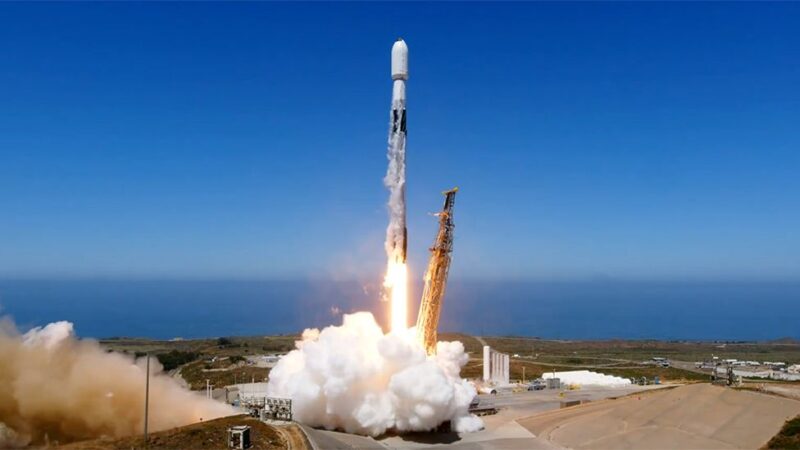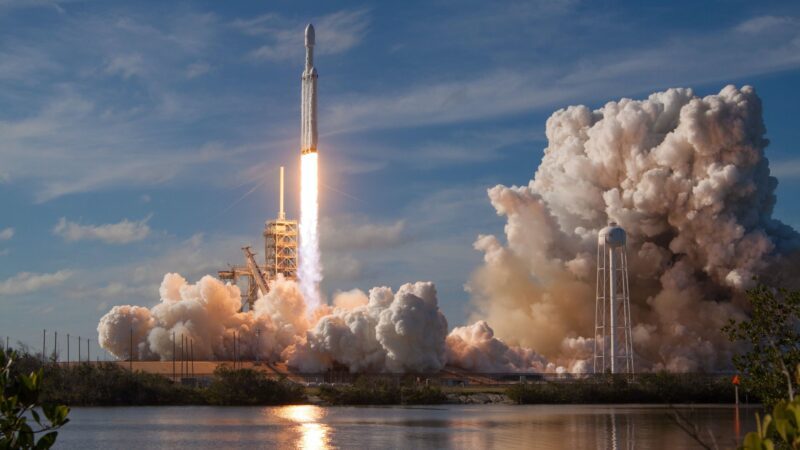New warp drive research dashes faster than light travel dreams comes with surprising possibilities

If travel to distant stars within an individual’s lifetime is going to be possible, a means of faster-than-light propulsion will have to be found. To date, even recent research about superluminal (faster-than-light) transport based on Einstein’s theory of general relativity would require vast amounts of hypothetical particles and states of matter that have “exotic” physical properties such as negative energy density. This type of matter either cannot currently be found or cannot be manufactured in viable quantities. In contrast, new research carried out, gets around this problem by constructing a new class of hyper-fast ‘solitons’ using sources with only positive energies that can enable travel at any speed. This reignites debate about the possibility of faster-than-light travel based on conventional physics.
In 1994, physicist Miguel Alcubierre proposed a radical technology that would allow faster-than-light travel: the warp drive, a hypothetical way to skirt around the universe’s ultimate speed limit by bending the fabric of reality.
It was an intriguing idea—even NASA has been researching it at the Eagleworks laboratory—but Alcubierre’s proposal contained problems that seemed insurmountable. Now, a recent paper by US-based physicists Alexey Bobrick and Gianni Martire has resolved many of those issues and generated a lot of buzz.
The story of warp drives starts with Einstein’s crowning achievement: general relativity. The equations of general relativity capture the way in which spacetime—the very fabric of reality—bends in response to the presence of matter and energy which, in turn, explains how matter and energy move.
This is where Alcubierre came in. He argued that the mathematics of general relativity allowed for “warp bubbles”—regions where matter and energy were arranged in such a way as to bend spacetime in front of the bubble and expand it to the rear in a way that allowed a “flat” area inside the bubble to travel faster than light.
Bobrick and Martire show that any warp drive must be a shell of material in a constant state of motion, enclosing a flat region of spacetime. The energy of the shell modifies the properties of the spacetime region inside it.
This might not sound like much of a discovery, but until now it was unclear what warp drives might be, physically speaking. Their work tells us that a warp drive is, somewhat surprisingly, like a car. A car is also a shell of energy (in the form of matter) that encloses a flat region of spacetime. The difference is that getting inside a car does not make you age faster. That, however, is the kind of thing a warp drive might do.
Remember that a warp drive can modify the region of flat spacetime it encloses. It can, in particular, speed up or slow down a clock inside the drive.
Consider what it would mean to have such an object available. Want to put someone with a terminal illness on ice? Stick them in a warp drive and slow their clock down. From their perspective, a few years will pass, while a hundred years will pass on Earth—time enough to find a cure.
Want to grow your crops overnight? Stick them in a warp drive and speed the clock up. A few days will pass for you, and a few weeks will pass for your seedlings.
There are even more exotic possibilities: by rotating the space time inside a drive one may be able to produce a battery capable of holding huge amounts of energy.
Faster-than-light travel remains a distant dream. But warp technology would be revolutionary in its own right.






